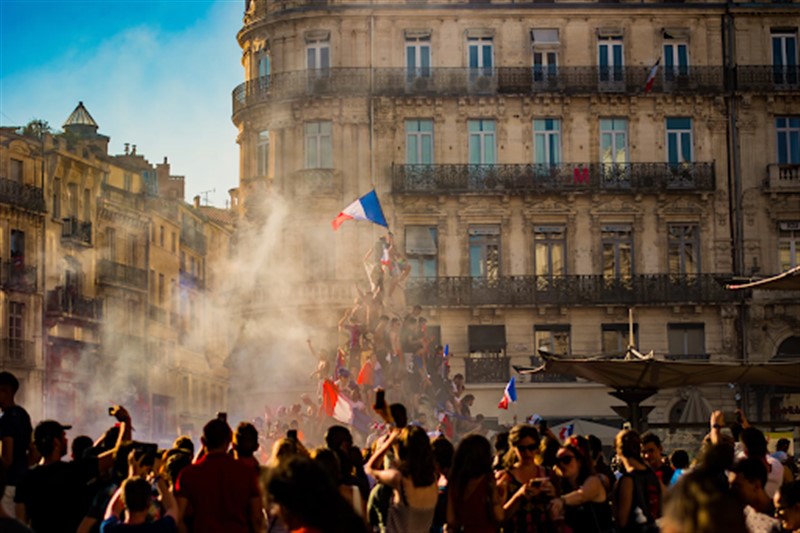
In the realm of music, certain songs possess an inexplicable allure that transcends their melodic structures and resonates deeply within listeners. “Viva la Vida,” a hauntingly beautiful track by the British rock band Coldplay, is undeniably one of these songs. With its enigmatic lyrics and evocative melody, it has captivated audiences worldwide since its release in 2008. Yet, beneath its surface lies a rich tapestry of meaning that draws from art, history, and personal introspection.
At first glance, the phrase “Viva la Vida” translates from Spanish to “Long Live Life.” However, its significance extends far beyond a mere celebration of existence. The song’s lyrics, penned by Coldplay’s lead vocalist Chris Martin, are steeped in symbolism and allusions that invite interpretation on multiple levels.
One interpretation of “Viva la Vida” revolves around themes of power, revolution, and downfall. The lyrics paint a vivid portrait of a once-powerful ruler who has fallen from grace, reflecting on the fleeting nature of authority and the inevitable passage of time. This narrative draws parallels to historical figures such as Napoleon Bonaparte or Louis XVI of France, whose reigns ended in tumult and exile.
Furthermore, the title itself evokes the spirit of the French phrase “Vive la Révolution,” which became a rallying cry during the French Revolution of 1789. By invoking this revolutionary sentiment, “Viva la Vida” aligns itself with the broader themes of upheaval and societal change, suggesting a longing for liberation from oppression and the pursuit of freedom.
In addition to its historical connotations, “Viva la Vida” also carries deeply personal meanings for both the songwriter and the audience. Chris Martin has described the song as a reflection on the complexities of fame and fortune, acknowledging the ephemeral nature of success and the struggles that accompany it. Through introspective lyrics such as “I used to rule the world / Seas would rise when I gave the word,” Martin explores the existential angst that arises from navigating the highs and lows of life in the public eye.
Moreover, the song’s melody and instrumentation contribute to its emotional resonance, with sweeping orchestral arrangements and anthemic choruses that elevate its themes to a transcendent level. Coldplay’s masterful fusion of rock, pop, and classical influences creates a sonic landscape that is both epic and intimate, inviting listeners to immerse themselves fully in the music’s emotional journey.
Beyond its musical and lyrical components, “Viva la Vida” has also inspired visual interpretations through its iconic cover art, which features Eugène Delacroix’s painting “Liberty Leading the People.” This connection to art history further underscores the song’s exploration of revolution and liberation, bridging the gap between music and visual culture in a profound and evocative manner.
Conclusion
“Viva la Vida” stands as a testament to the power of music to transcend boundaries and touch the human spirit. Through its rich tapestry of meaning drawn from art, history, and personal introspection, it invites listeners to contemplate the nature of power, the passage of time, and the pursuit of meaning in an ever-changing world. As the haunting refrain echoes in the minds of its audience, “Viva la Vida” continues to inspire and provoke, reminding us to embrace life’s fleeting moments with courage and conviction.